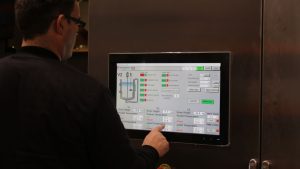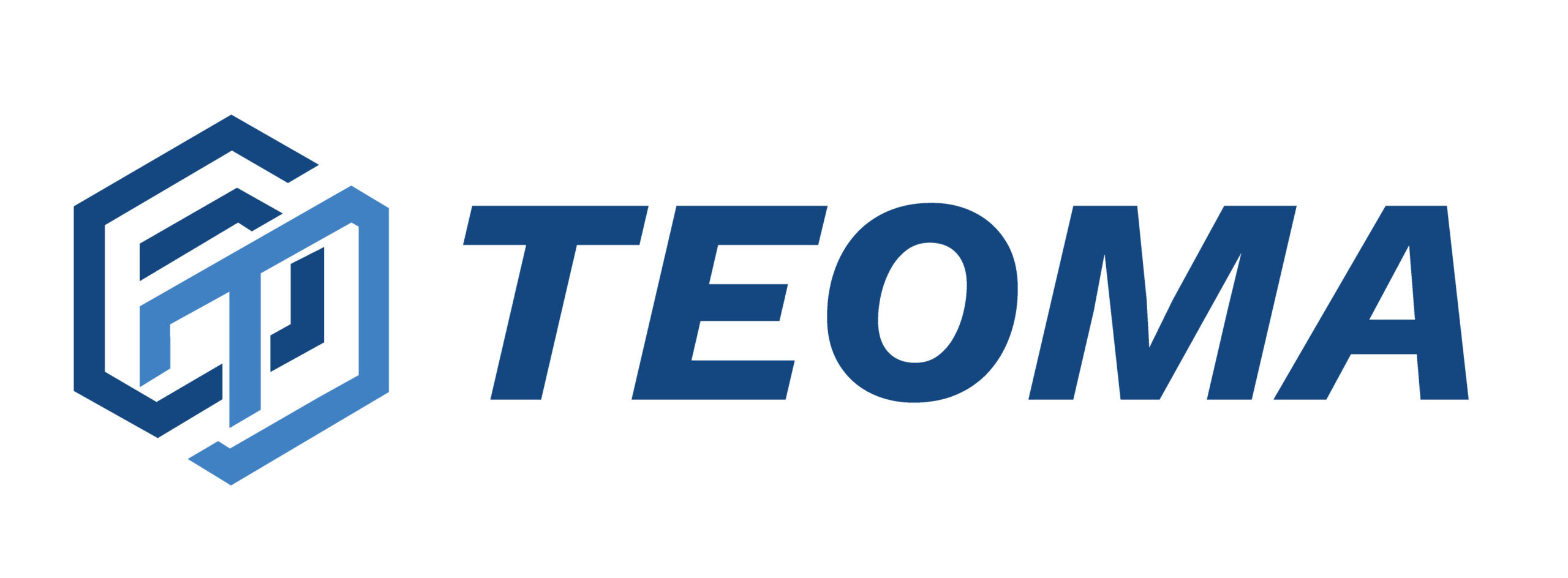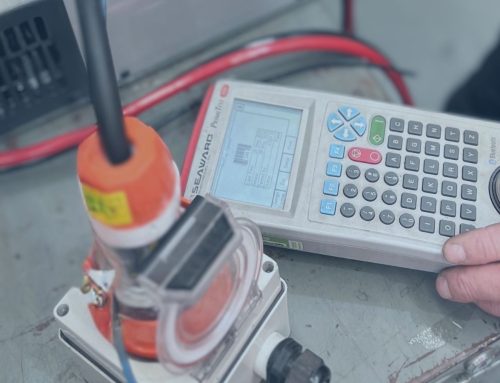What Connects SCADA, HMI & PLC
In industrial automation, SCADA, HMI and PLC systems work together behind the scenes to keep things running smoothly. Each has a distinct role, but it’s their integration that makes the real impact. But what do they actually do, and how do they work together? Lets take a look.

Supervisory Control and Data Acquisition (SCADA)
SCADA is a centralised system that oversees and controls an entire industrial process. It gathers real-time data from sensors and equipment spread across your factory or plant. SCADA systems are instrumental in monitoring, gathering data and providing control remotely.
Key functions of SCADA include:
Human-Machine Interface (HMI)
HMI is the user interface that connects an operator or an engineer to the SCADA system. It acts as a bridge between the human operator and the automation system. HMI provides a visual representation of the industrial process and allows operators to interact with the system.
Key features of HMI include:
Programmable Logic Controller (PLC)
PLC is the brains of the operation, responsible for controlling the various components and machinery within an industrial system. It processes data received from sensors and executes control commands based on pre-programmed logic.
Key functions of PLC include:
How They Work Together
The integration of SCADA, HMI, and PLC is a cohesive process that optimises industrial operations:
1. Data Acquisition
SCADA collects data from various sensors and devices placed in the industrial environment.
2. Data Processing and Control
PLC processes the collected data, executes control logic and issues commands to control devices based on predefined rules.
3. Data Presentation
HMI provides a visual interface displaying the real-time data and enabling operators to monitor and control the process.
4. Operator Intervention
Operators use the HMI to make informed decisions, intervene when needed, and adjust the process parameters as required.
The synergy of SCADA, HMI and PLC ensures a seamless and efficient industrial operation, improving productivity, reducing downtime and enhancing overall operational safety and effectiveness. These technologies form the backbone of modern industrial automation engineering, enabling businesses to meet the demands of a dynamic and competitive industrial landscape.



